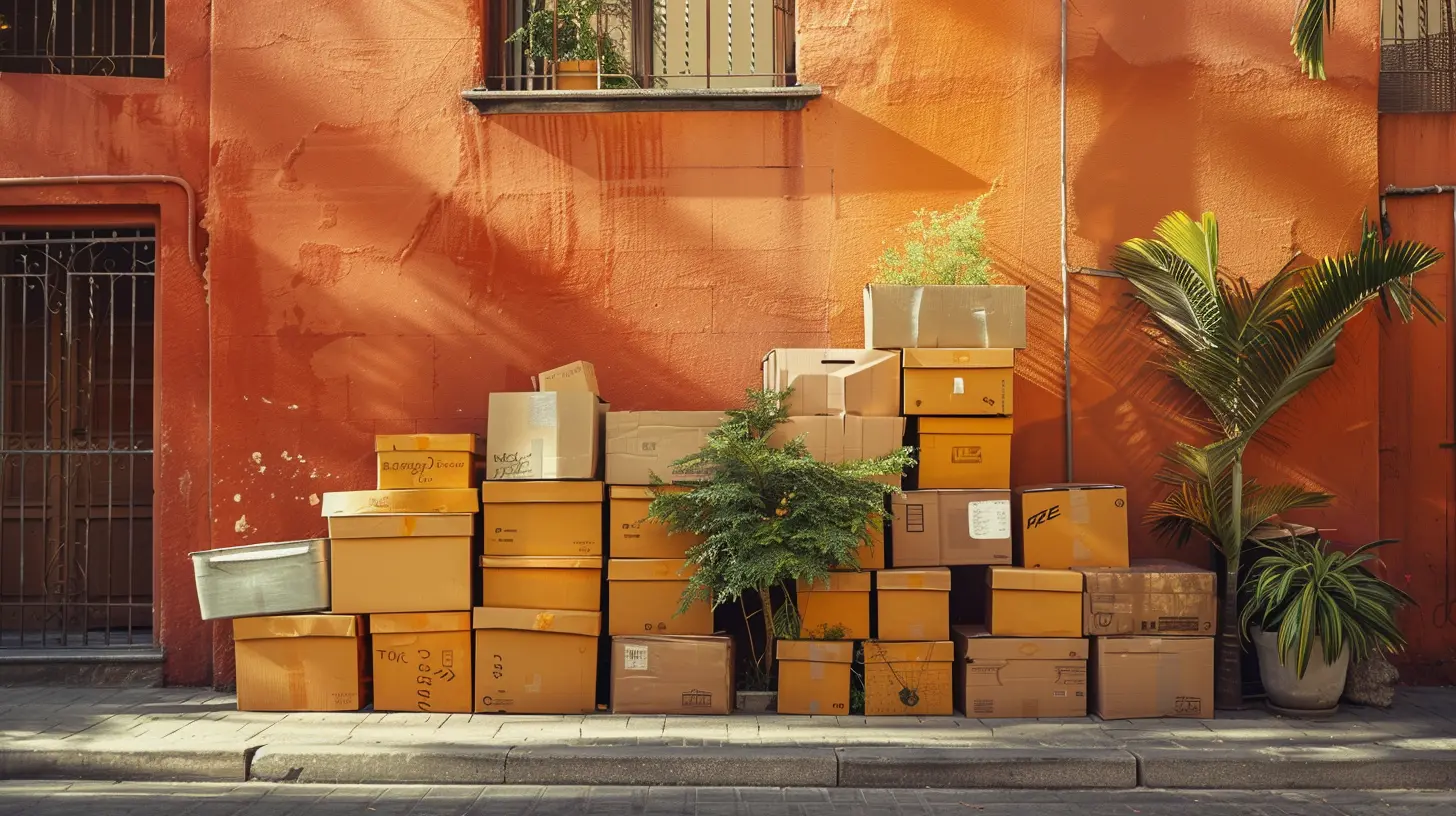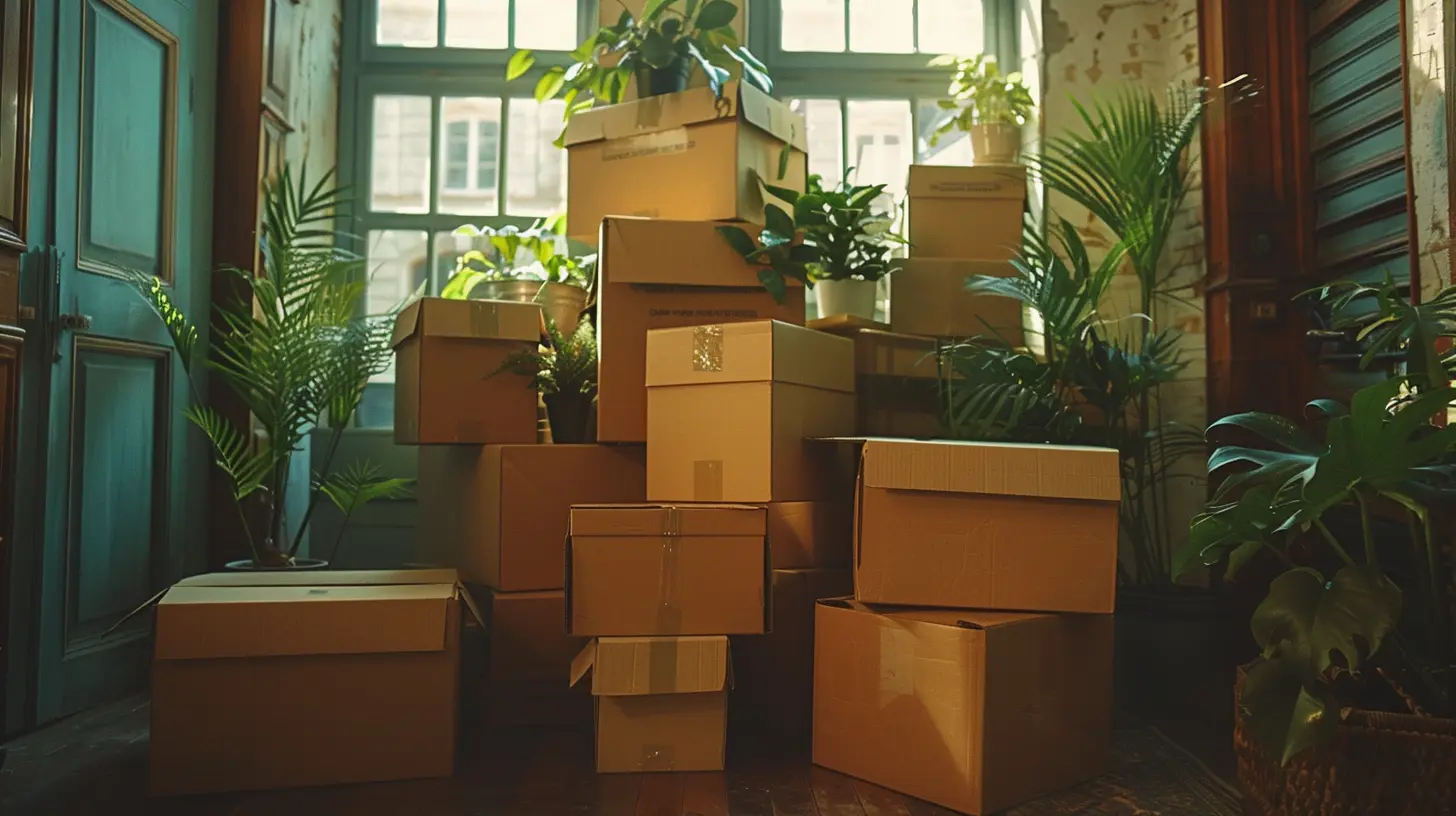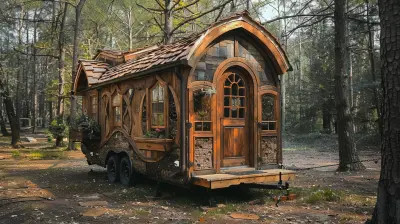How to Efficiently Pack Your Entire Home for a Stress-Free Move
22 October 2025
Moving can be an exciting yet overwhelming experience. Between organizing, sorting, and packing, it’s easy to feel like you’re drowning in boxes and bubble wrap. But don’t worry—I’ve got your back! With the right approach, packing your entire home doesn’t have to be a chaotic nightmare.
In this guide, I’ll walk you through a step-by-step process to help you pack efficiently, stay organized, and reduce stress. Let’s get you packed up and ready for a smooth move!
Start with a Game Plan
Before you start stuffing things into boxes, take a deep breath and create a packing strategy. The key to a smooth move is organization.Set a Packing Timeline
Last-minute packing is a recipe for stress. Instead of cramming everything into boxes the night before moving day, start at least 4-6 weeks in advance. Break it down room by room, focusing on one space at a time.Declutter Before You Pack
Before you waste time packing things you don’t need, declutter. Go through every room and separate items into four categories:- Keep
- Donate
- Sell
- Trash
Be ruthless! If you haven't used something in over a year, do you really need it? Less clutter means fewer boxes, and fewer boxes mean an easier move.
Gather Your Packing Supplies Early
Don’t wait until you’re halfway through to realize you’ve run out of boxes. Stock up on:- Sturdy moving boxes in various sizes
- Packing tape
- Bubble wrap
- Packing paper or newspaper
- Labels and markers
- Ziplock bags for small items
- Stretch wrap for furniture
You’d rather have extra supplies than run around town at the last minute.
Room-by-Room Packing Strategy
Start with the Least Used Rooms
Begin with rooms you use the least, like the basement, attic, or guest room. Save the kitchen and bedrooms for last since you’ll need them until moving day.Use the Right Packing Techniques
1. Pack Heavy Items in Small Boxes
Books, kitchenware, and other heavy items should go in smaller boxes to make lifting easier. Lighter items like bedding and pillows can go in bigger boxes.2. Wrap Fragile Items Properly
Breakables like dishes, glasses, and picture frames need extra protection. Use bubble wrap or packing paper, and make sure to label these boxes as “Fragile.”3. Label Everything Clearly
Don’t just write "kitchen" on your boxes—be specific! “Kitchen - Pots & Pans” or “Living Room - Books” will make unpacking a breeze.4. Keep Similar Items Together
Avoid mixing different types of items in the same box. Keeping related things together makes unpacking way easier!5. Use Clothing to Protect Items
Need extra padding? Wrap breakables in clothing instead of using extra packing paper—two birds, one stone!
Special Packing Tips for Different Rooms
Packing the Kitchen
The kitchen is one of the hardest rooms to pack due to all the fragile items, appliances, and oddly shaped utensils.- Pack dishes vertically like records to prevent cracking.
- Use towels and oven mitts to wrap glassware.
- Take pictures of appliance setups before unplugging them.
Packing Your Bedroom
- Use wardrobe boxes to keep clothes on hangers.- Pack a “first-night box” with pajamas, toiletries, and essentials so you don’t have to dig through boxes on your first night.
- Keep jewelry organized by placing necklaces in straws and using egg cartons for small pieces.
Packing the Living Room
- Wrap electronics in blankets and take pictures of wire connections before unplugging.- Use sandwich bags to store screws when disassembling furniture.
Packing the Bathroom
- Pack toiletries in sealable bags to prevent leaks.- Use plastic wrap over open bottles before putting the cap back on to avoid spills.

How to Stay Organized During Packing
Color-Code Your Boxes
Assign a different color label or tape for each room. This makes it super easy for movers (or your helpful friends) to know where each box goes.Create a Moving Inventory
Make a checklist of everything you’re packing. This helps you keep track of all your belongings and ensures nothing gets lost.Keep Important Documents Separate
Passports, birth certificates, financial documents, and anything else important should be kept in a separate, easily accessible folder.What to Pack Last (And First)
There are certain things you’ll need until the last moment. Here’s a list of essentials to pack separately:Essentials Box (Pack This Last, Open It First!)
- Toiletries- Medications
- A few changes of clothes
- Chargers
- Snacks and bottled water
- Important documents
- Basic tools (screwdriver, scissors, tape)
- Toilet paper and paper towels
This way, you won’t have to dig through a mountain of boxes to find your toothbrush on your first night!
Smart Packing Hacks to Make Your Move Easier
Let’s sprinkle in some extra tips to make the whole process smoother:- Leave clothes in dresser drawers and wrap the entire dresser in plastic wrap.
- Take pictures of furniture before disassembling so you know how to reassemble it.
- Use trash bags for hanging clothes—cut a hole in the top for the hangers, tie the bottom, and you’ve got an instant DIY garment bag.
- Pack a cooler with drinks and snacks for moving day to keep your energy up.
- Use socks to cushion glassware instead of bubble wrap.
Final Moving Day Checklist
Before you drive off to your new home, make sure:✅ Every room is empty and cleaned
✅ You’ve checked every closet and cupboard
✅ You've taken out the trash
✅ You have your essentials box handy
✅ Your moving truck is packed efficiently
Wrapping It Up
Packing doesn’t have to be a nightmare! With proper planning, decluttering, and smart packing techniques, you can make your move stress-free and manageable. Just take it step by step, stay organized, and don’t forget to breathe!Moving is a fresh start—so embrace the journey and get excited about your new home. Happy moving!
all images in this post were generated using AI tools
Category:
Moving TipsAuthor:

Kingston Estes
Discussion
rate this article
1 comments
Audrey Simmons
Moving can be a fresh start filled with exciting possibilities! Embrace the process, stay organized, and remember that every box packed brings you closer to your new adventure. With the right approach, you’ll transform this challenge into a rewarding experience. You’ve got this!
October 22, 2025 at 12:16 PM

Kingston Estes
Thank you! Embracing the process and staying organized can truly make a move a positive experience. Your encouragement is much appreciated!


